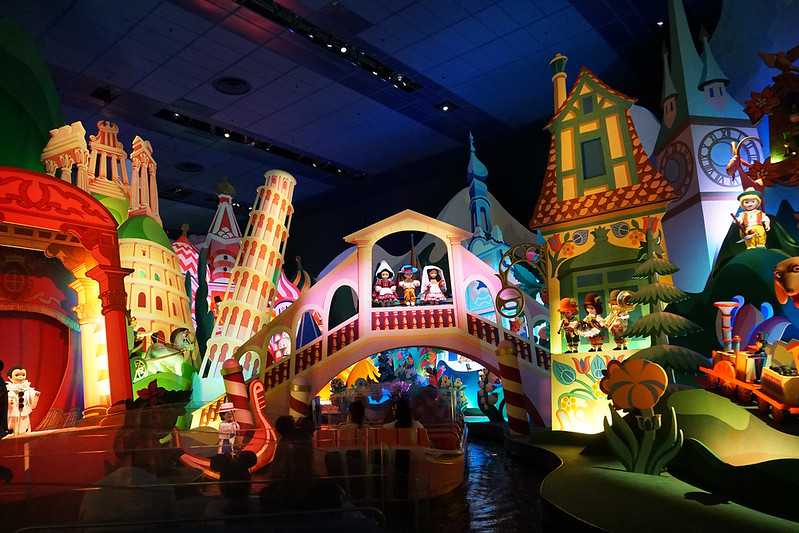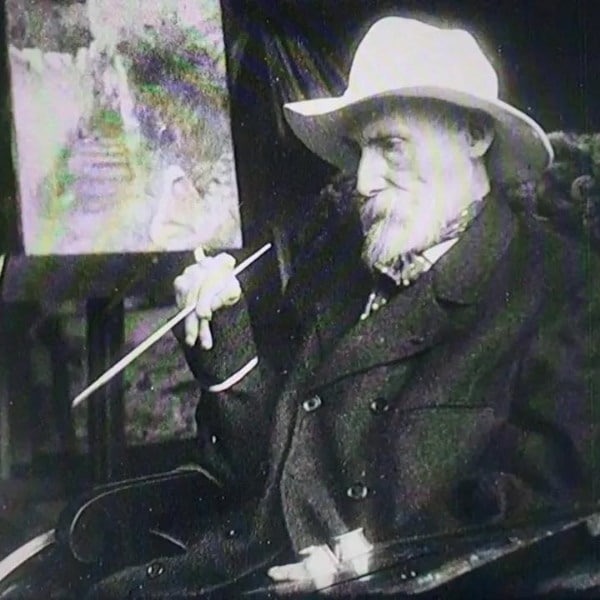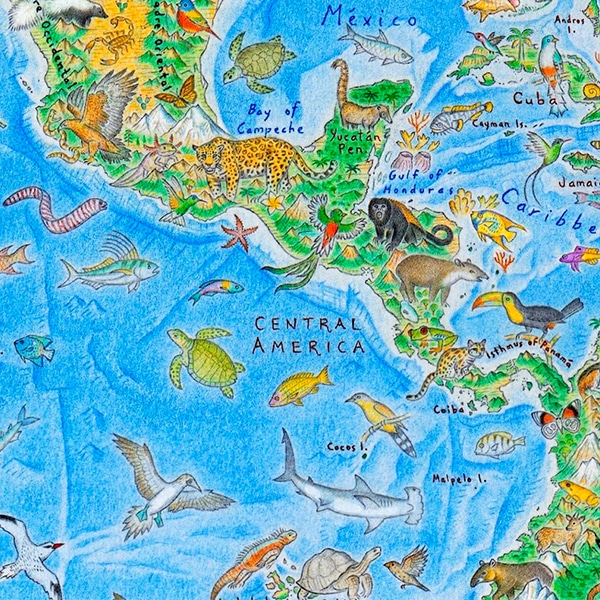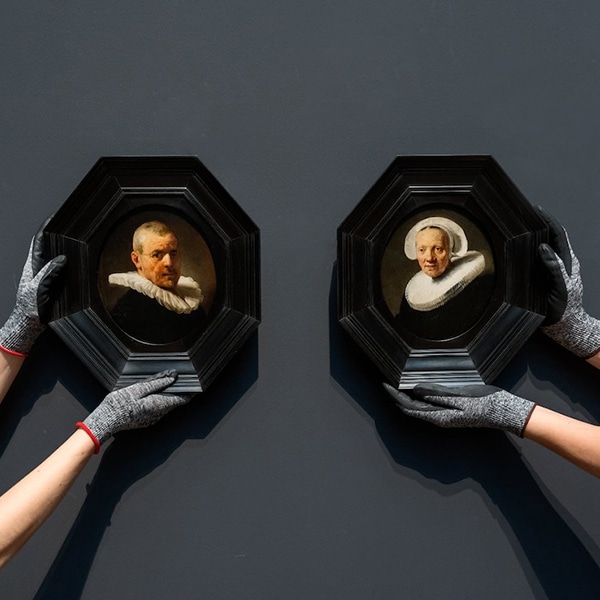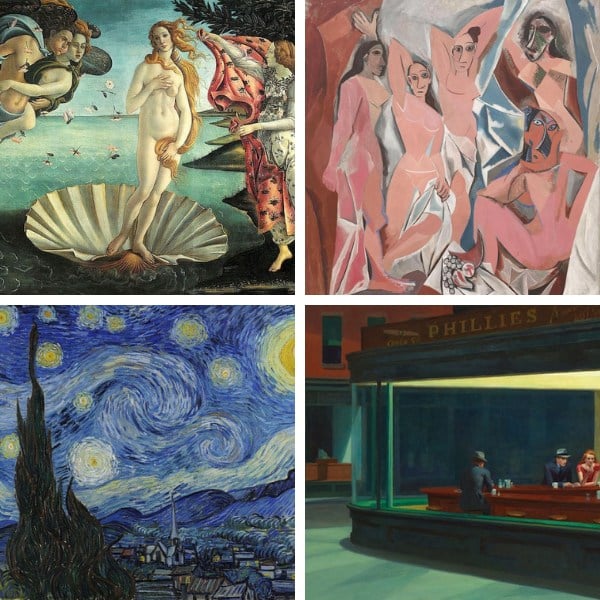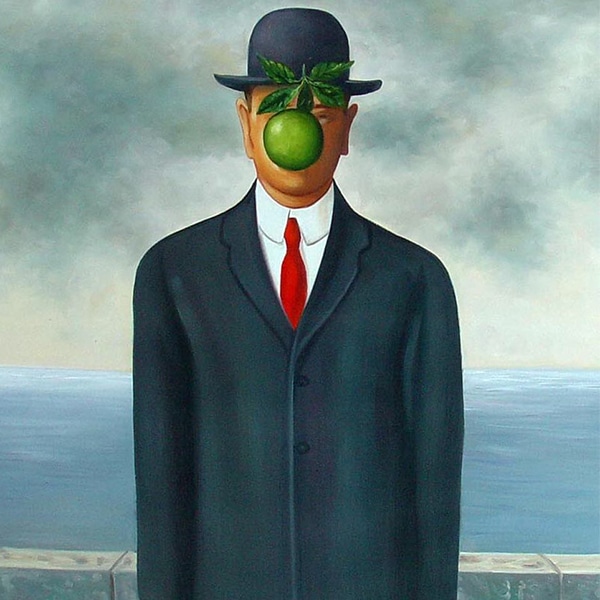View this post on Instagram
If you’ve watched a Walt Disney animated classic or read a vintage Golden Book, then you’ve likely interacted with the art of Mary Blair. The illustrator and animator left her mark on the visual culture of the mid-20th century in ways that are still celebrated today.
As a concept artist for Disney, she created stylized designs that informed the look of films such as Cinderella, Alice in Wonderland, and Peter Pan. As an illustrator, she created images for children’s books, some of the most well-known being published by Golden Books that are still available today.
Aside from her imitable style, Blair’s work was groundbreaking because she was one of the few women working in the animation industry at the time. Her work was celebrated by Walt Disney himself, and her legacy lives on today—particularly through the artists and illustrators who find inspiration in her work.
Mary Blair’s Life and Work
View this post on Instagram
Full Name | Mary Blair |
Born | October 21, 1911 |
Died | July 26, 1978 |
Legacy | Animator and illustrator |
Known For | Concept artist for early Disney films and children's book illustrations |
Mary Blair (1911–1978) was born in Oklahoma and moved to Texas as a young child. Eventually, her family relocated to Morgan Hill, California, in the early 1920s. She remained in California throughout her life, attending college at San José State University and then later Chouinard Art Institute, a professional art school in Los Angeles that would be a “breeding ground” for Disney artists. (It would eventually become CalArts.) There, she learned animation and met her husband, fellow animator Lee Everett Blair.
Blair’s first job in the animation industry was working at Metro-Goldwyn-Mayer (MGM) and later the Ub Iwerks studio before going to Disney in 1940. Once at Disney, her vibrant illustrations were the concept art for some of the company’s most beloved animated films: Cinderella, Alice in Wonderland, Peter Pan, and more.
View this post on Instagram
Concept Art and Working At Disney
Concept art is a vital part of an animated film. It builds the foundation of an animation project by conveying its visual aesthetic. A concept artist’s designs are a form of reference in the animation, similar to a style guide that’s seen in graphic design.
Without Blair’s stylized renderings, we might not have iconic scenes such as Peter Pan and the children flying over London's Big Ben or Alice sitting at the impossibly long table with Mad Hatter.
View this post on Instagram
View this post on Instagram
Blair is known for her use of bright colors, which came after she “talked her way” onto a 10-week trip that Walt Disney and the members of his studio went on in 1941. They visited Brazil, Argentina, Peru, Ecuador, Guatemala, Chile, and Mexico as part of a government-funded “Good Neighbor trip” that was meant to fight the spread of Nazism and fascism in Latin and South America.
The culture Blair witnessed in her travels set the stage for the style that’s so memorable today. Her aesthetic was celebrated at the time, particularly by Disney himself. Blair became one of his favorite artists at the studio, and she was known as an “inspirational sketch artist” who came at the early stage of a film.
View this post on Instagram
View this post on Instagram
Leaving Disney and Striking Out on Her Own
Blair left Disney for good in 1953. She and the company parted on good terms, as she wanted to strike out on her own. This culminated in children’s books, with some of her most popular being Baby’s House (1950) and I Can Fly (1951), which were both published by Golden Books.
View this post on Instagram
Blair’s style was tailor-made for picture books, and she employed the same bright colors that were in her Disney concept art. But the illustrations in her books were more precise than her sketch art. She utilized the dry brush technique to add texture (and visual interest) to her images, and tight shape design was at the forefront of every composition. Offset by lyrical linework, the dazzling illustrations are still admired today.
In addition to books, Blair created scarves, illustrations for advertisements, and more. The year 1963 saw a large—and enduring—commission that came from Walt Disney. He was working on a boat ride for the UN Children’s Fund pavilion to be at the 1964 World’s Fair. It was known as “It’s a Small World” and included animated figures of children from 26 countries. The stylized sights included changing of the guard at Buckingham Palace and the windmills in Holland.
After the World’s Fair was over, Blair helped adapt the ride for Disneyland in California and eventually a second iteration for Disney World in Florida.
End of Life
Although a prolific and successful creative, Blair was not without her troubles. She is said to have become a recluse later in life as her freelance work ebbed. She died in 1974 at the age of 66. The cause of death was cerebral hemorrhage, likely caused by acute alcoholism.
Mary Blair's Legacy
Blair's illustration style continues to influence and inspires artists and designers today. Her use of color and shape design is of a very specific time—mid-century modern—but they are still relevant today. Aside from aesthetics, Blair's place in the animation industry was groundbreaking; she was one of the few women in the industry at the time.
Lorelay Bové, the associate production designer for the beloved Disney film Encanto, shares what Blair's work means to her.
Frequently Asked Questions
Why is Mary Blair important?
Mary Blair's imaginative concept art brought stories to life through Disney films. She was working as an animator at a time when there weren't many women in the industry and paved the way for others.
When did Mary Blair leave Disney?
She left in 1953 to pursue her own freelance opportunities.
Related Articles:
What is Botanical Illustration? Learn About the History of This Scientific Art Form

